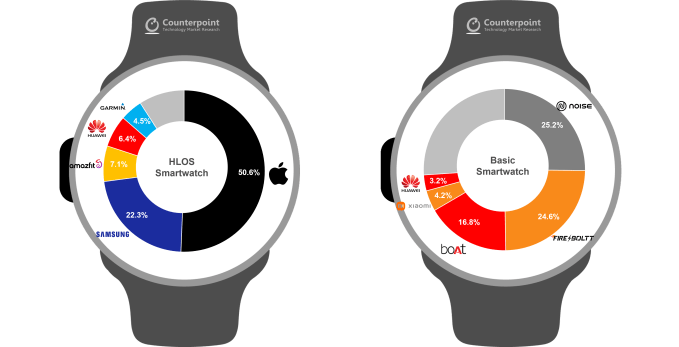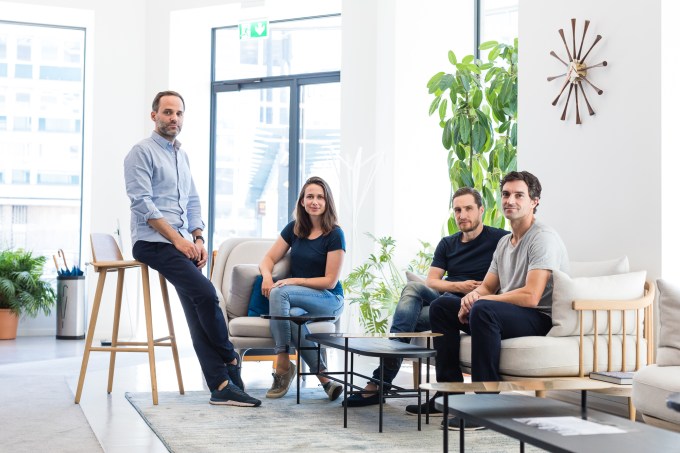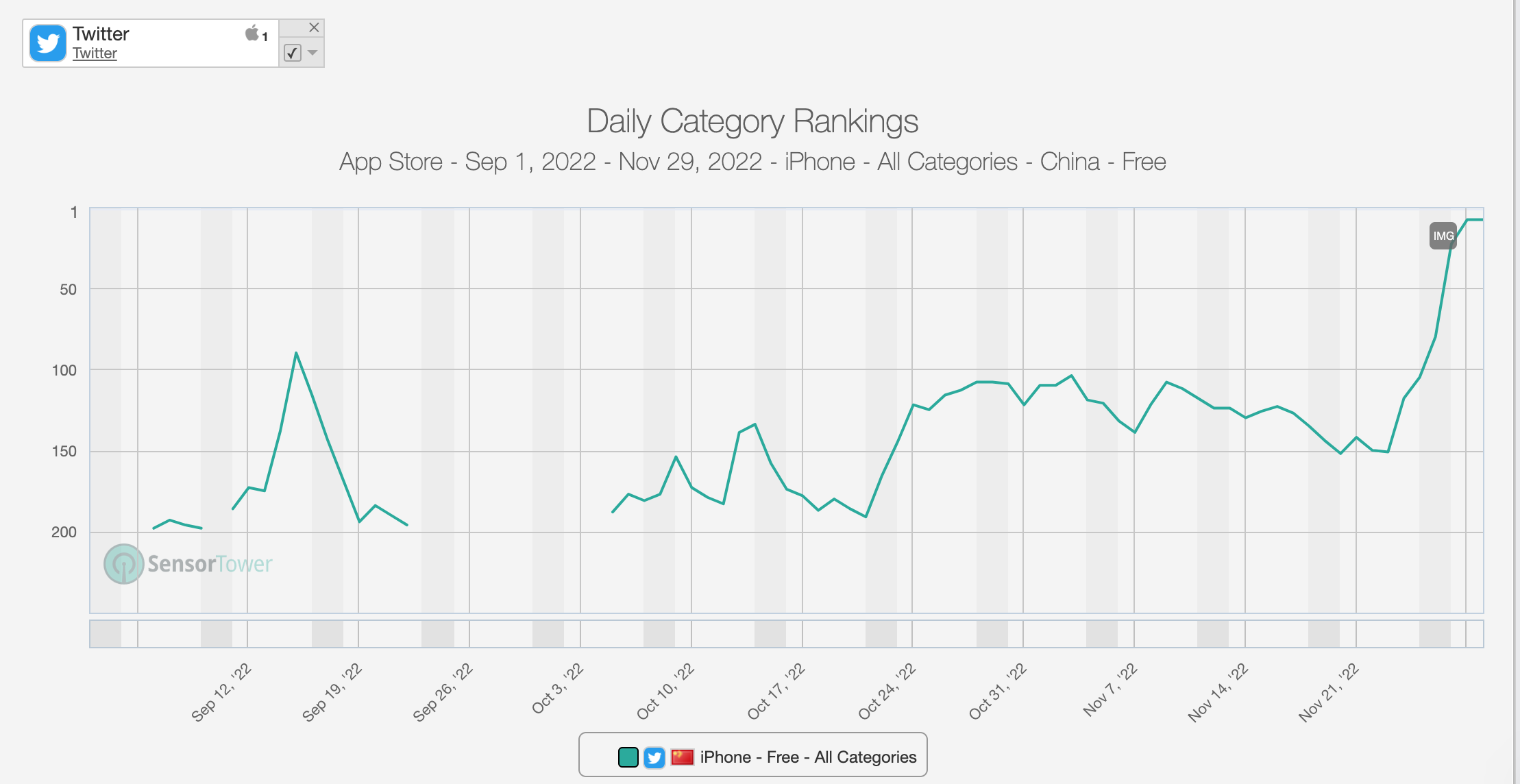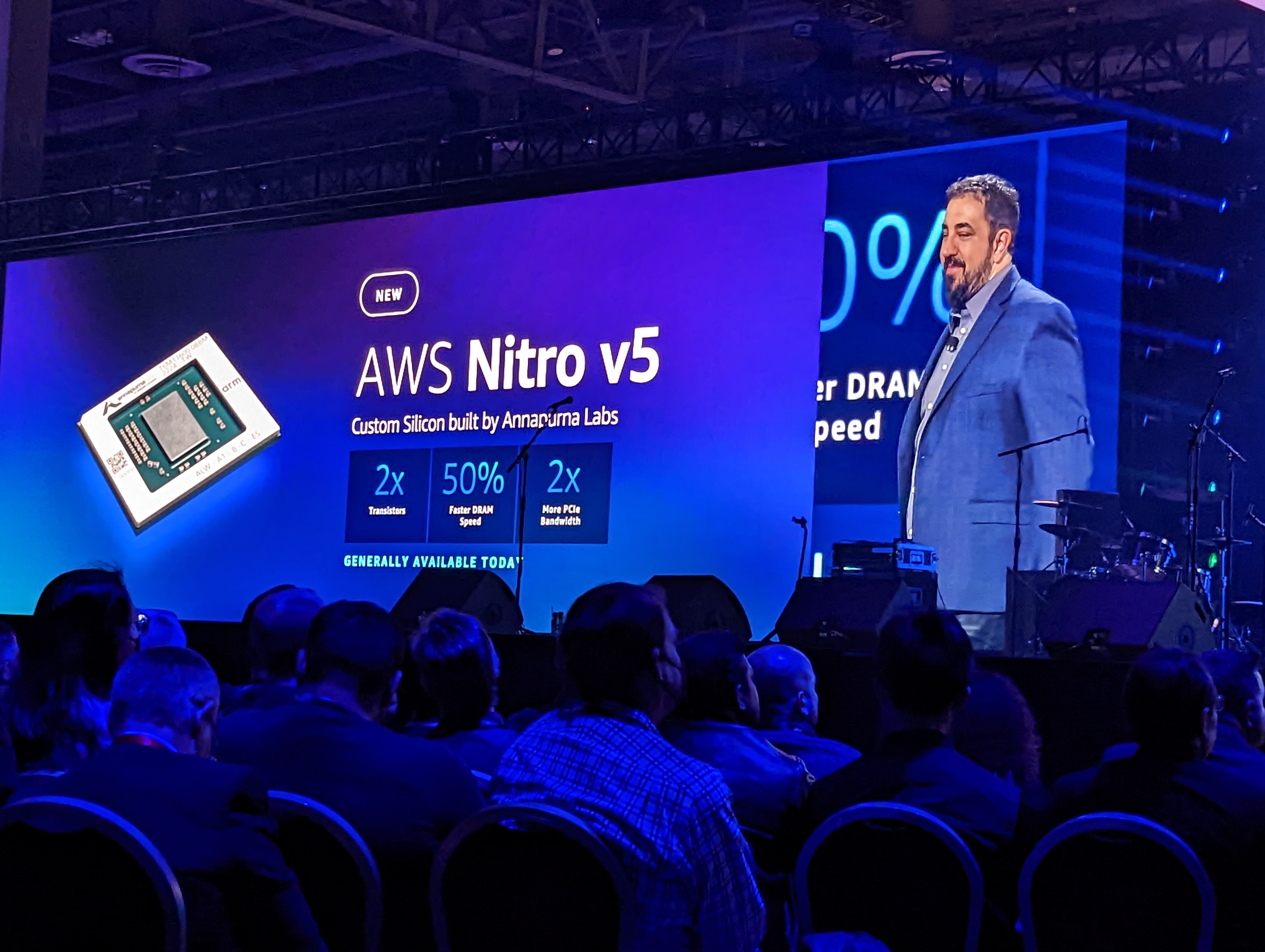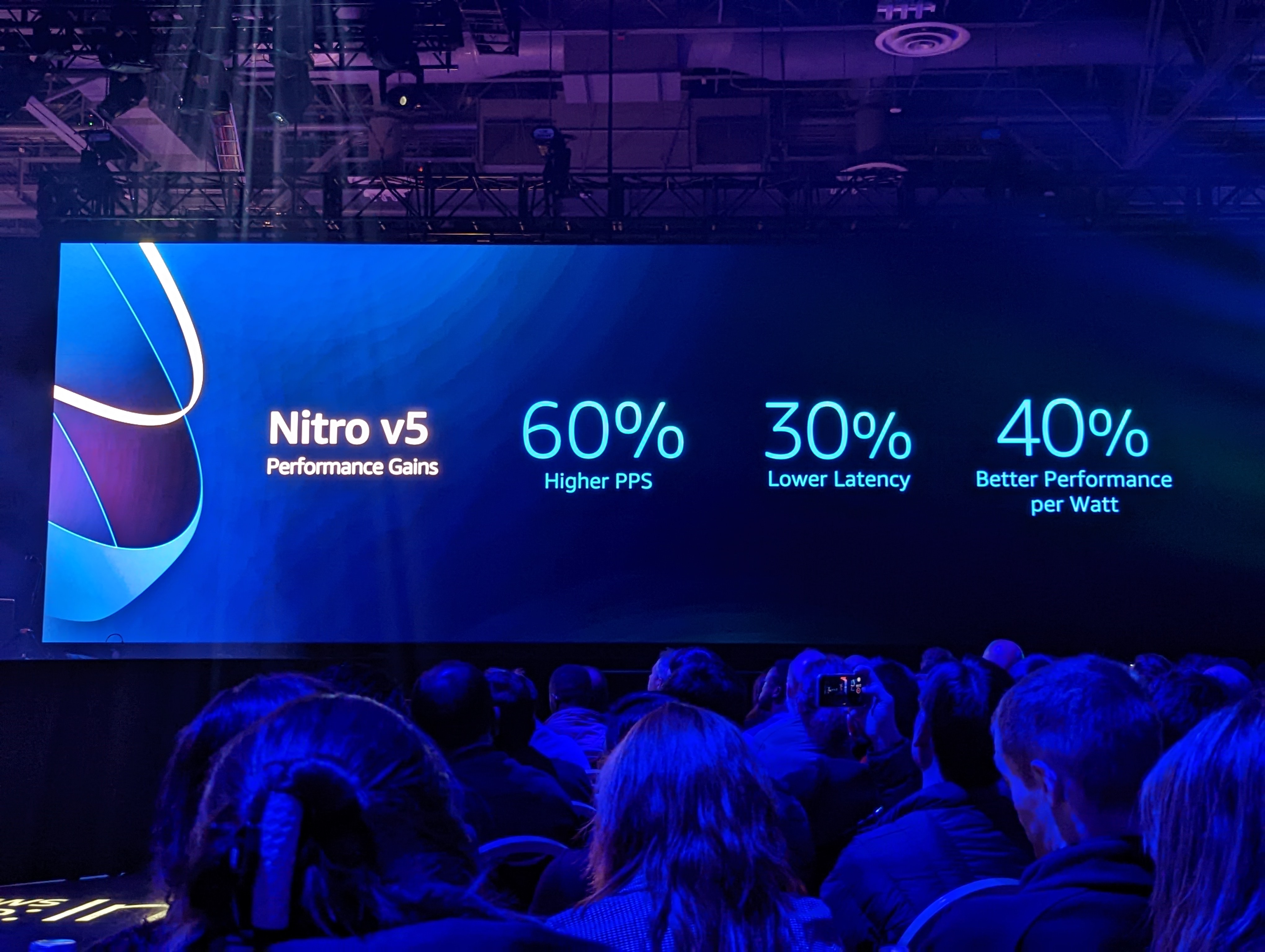Plant-based food brand Huel valued at $560M following Idris Elba-backed round
NEWSHuel, the European provider of nutritional products, has sold more than 270 million meals across the globe since Julian Hearn started the company in 2015. Now with $24 million in fresh capital, it plans to do even more.
It’s been a while since we covered Huel, which originally launched in the United Kingdom in 2017 with a low-sugar, plant-based and low-carbon-footprint protein powder product and has since expanded into ready-to-drink, snack bars and hot lunch options.
In 2019, we reported on them when they launched their nutritional bars in the U.S. At the time, the company was buoyed by a Highland Europe-led $20 million venture round, at a $260 million valuation, it raised in 2018. There was even talk of Huel going public in 2021.
Today, much of the company’s sales are outside the U.K., with U.S. “Hueligans,” the company’s loyal fans, representing Huel’s second-biggest market, followed by Germany and Japan, CEO James McMaster told TechCrunch.
The company has now grown to 250 people, including a small office in New York. Year over year revenue growth is 40%, up to $170 million, which McMaster attributes to that strong new customer growth, the ready-to-eat hot lunch product launch (among others) and the company’s transition from solely direct-to-consumer to also retail stores.

Huel’s plant-based product line. Image Credits: Huel
“We’re at the stage where having this second round of funding allows us to keep focusing on that growth,” he said. “We are going to keep innovating with new products, and are really proud of where we’re heading. We’re now the business that we hope can be a truly global brand.”
Highland Europe is back to lead that new $24 million infusion, which now values Huel at $560 million. Joining the venture fund this time is a star-studded group of new investors, including actor and UN Goodwill Ambassador Idris Elba and his wife, Sabrina Dhowre Elba, also a UN Goodwill Ambassador, television presenter Jonathan Ross and sustainable activewear brand TALA’s CEO Grace Beverley.
“I’ve been a Hueligan for several years now, starting my journey while preparing for my role in ‘Thor,’ so to come on board with Huel was an easy decision,” Idris Elba said in a written statement. “I believe in their mission to deliver nutritionally complete food, sustainably. We have some exciting projects coming up and I look forward to spreading the message and raising awareness around healthy, low carbon food.”
Meanwhile, the new funding will also be deployed in continued international expansion, with a focus on the U.S. The investment will also support new product innovation, and continued expansion online and in retail stores.
As part of the Elbas’s investment, one of the new projects will include Huel working with them on their climate change initiative to help people eat at 1.5 degrees Celsius, the global warming limit the Paris Climate Accord is trying to reach.
Huel meals fit within a diet aligned with supporting that reduction, and the company “is excited to work with Idris and Sabrina as we’re equally trying to be a force for good in the world,” McMaster added.
Plant-based food brand Huel valued at $560M following Idris Elba-backed round by Christine Hall originally published on TechCrunch


